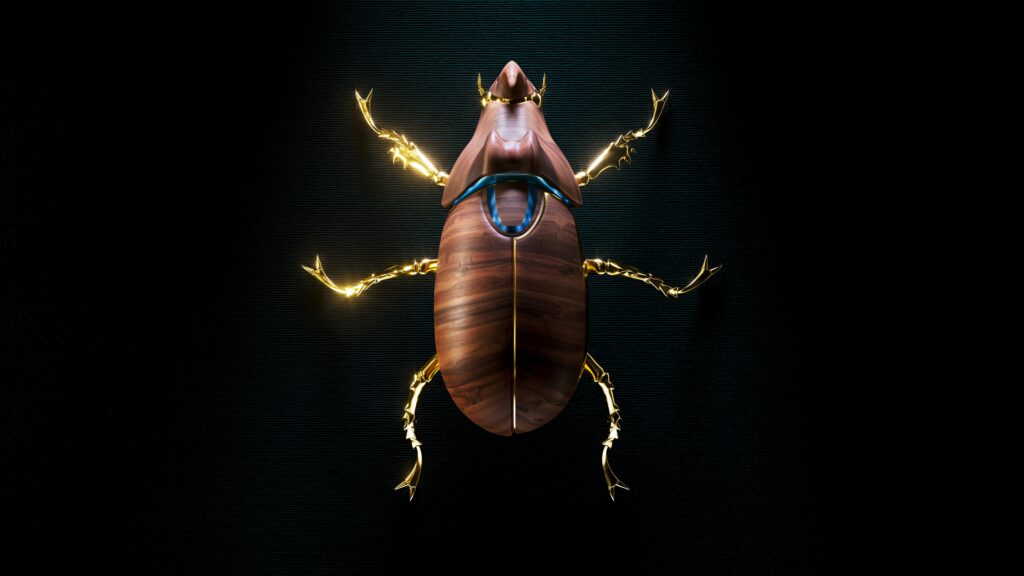Imagine holding a creature that could lift 850 times its own body weight – that’s like you effortlessly hoisting nine elephants above your head. The Hercules beetle isn’t just another insect crawling through the forest floor; it’s nature’s ultimate powerhouse, a living testament to evolutionary perfection that transforms from a helpless grub into one of Earth’s strongest animals. Deep in the tropical rainforests of Central and South America, an incredible metamorphosis unfolds over several years, turning a tiny egg into a horned giant that has captured human imagination for centuries.
The Mighty Hercules Beetle: An Introduction to Nature’s Strongman
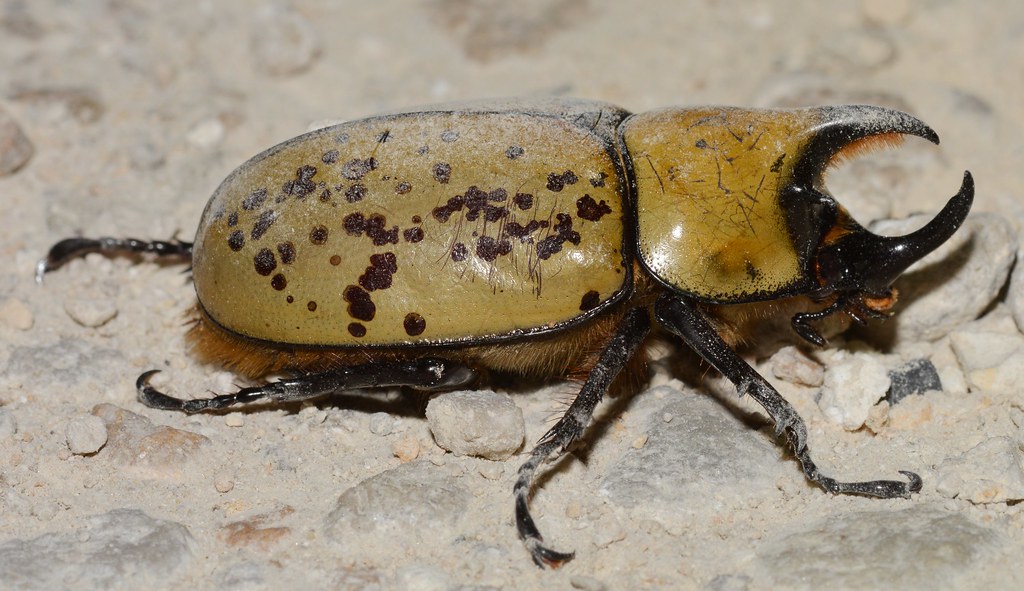
The Hercules beetle stands as the undisputed heavyweight champion of the insect world, measuring up to 7 inches in length and weighing as much as 3.5 ounces. These magnificent creatures belong to the scarab beetle family and represent one of nature’s most impressive examples of sexual dimorphism – males sport enormous horns that can extend longer than their entire body. Their scientific name, Dynastes hercules, pays homage to the legendary Greek hero known for his incredible strength. What makes these beetles truly remarkable isn’t just their size, but their incredible journey from vulnerable larva to armored titan. Found primarily in the cloud forests of Central and South America, they’ve become symbols of raw natural power that continues to fascinate scientists and nature enthusiasts alike.
The Ancient Origins and Evolution of Giants
Hercules beetles have roamed Earth for millions of years, evolving alongside the ancient forests they call home. Fossil evidence suggests their ancestors emerged during the Mesozoic era, developing alongside flowering plants and other modern ecosystems. Their evolution reflects a fascinating arms race – as rotting wood became more abundant in dense forests, these beetles grew larger to compete for prime real estate in decaying logs. The development of their iconic horns represents thousands of years of sexual selection, where females consistently chose mates with the most impressive headgear. This evolutionary pressure created the spectacular horned giants we see today, perfectly adapted to their role as nature’s recyclers. Their success story spans continents and climates, making them one of the most successful beetle lineages on the planet.
Habitat and Geographic Distribution
These colossal insects thrive in the humid cloud forests stretching from southern Mexico through Central America and into the northern regions of South America. They prefer elevations between 1,500 and 4,000 feet, where constant moisture and abundant decaying vegetation create perfect breeding conditions. The beetles show remarkable adaptability within their range, inhabiting everything from dense primary rainforests to disturbed secondary growth areas. Temperature stability proves crucial for their development – they need consistent warmth without extreme heat that could damage their sensitive larvae. Different subspecies have adapted to specific microclimates, with some preferring the misty highlands while others flourish in lowland tropical zones. Climate change and deforestation increasingly threaten their traditional habitats, forcing these ancient creatures to adapt or disappear from many areas they’ve called home for millennia.
The Miracle of Hercules Beetle Eggs
The life cycle begins when a female Hercules beetle carefully selects the perfect nursery for her offspring – typically a large, well-rotted log deep in the forest floor. She’ll spend hours investigating potential sites, using her sensitive antennae to detect the ideal moisture levels and decay stages needed for successful development. Once satisfied, she bores deep into the wood and deposits 20 to 30 pearl-white eggs, each about the size of a small marble. These eggs require very specific conditions to survive – too dry and they’ll shrivel, too wet and they’ll develop deadly fungal infections. The female shows remarkable maternal instinct, often returning to check on her egg sites and making adjustments to ensure optimal conditions. After six to eight weeks of patient waiting, tiny larvae emerge, ready to begin one of nature’s most incredible transformations.
First Instar: The Vulnerable Beginning
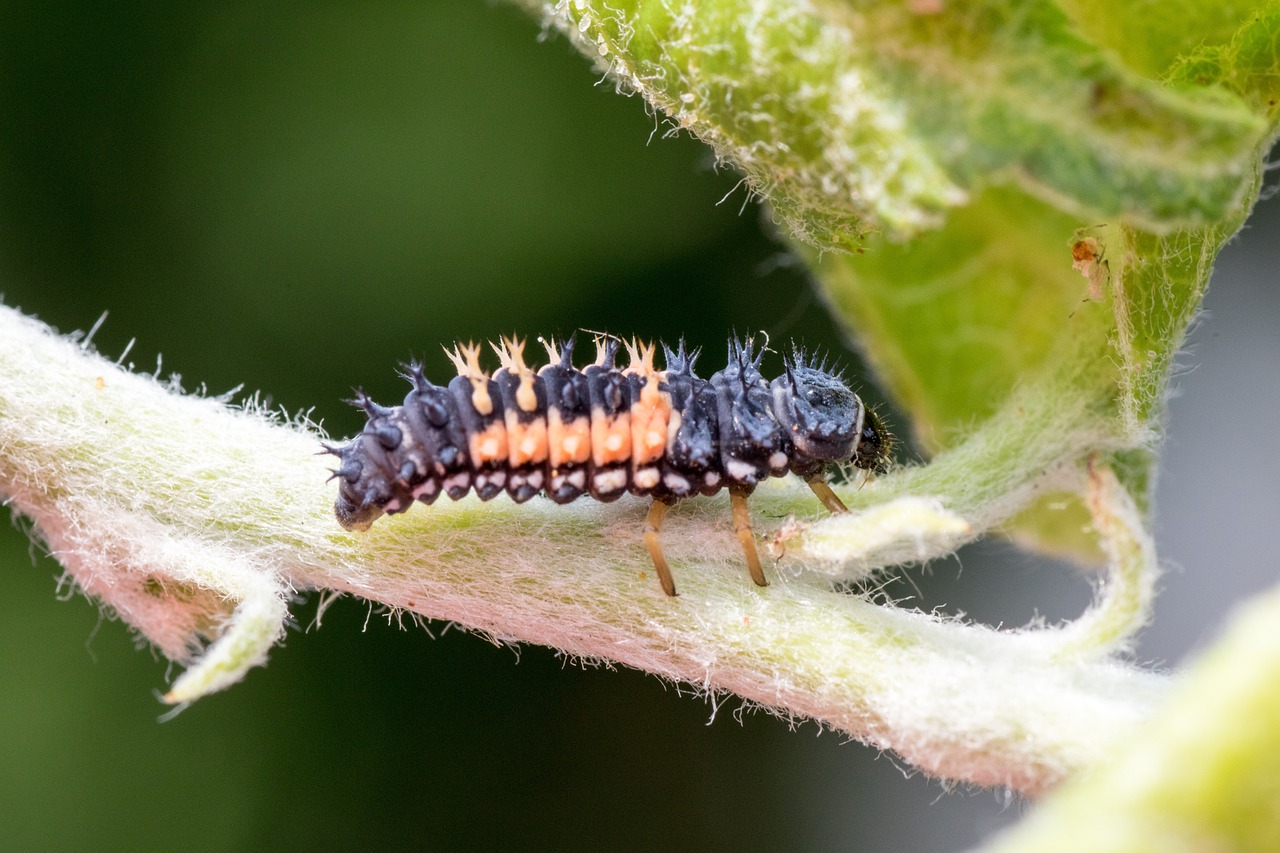
Newly hatched Hercules beetle larvae emerge as translucent, C-shaped grubs barely larger than a grain of rice. These fragile creatures possess enormous appetites but virtually no defenses, making them easy prey for ants, spiders, and other forest predators. Their soft, cream-colored bodies consist mainly of a massive gut designed for processing enormous quantities of rotting wood. During this first instar stage lasting 4 to 6 weeks, they’ll molt their skin as they rapidly outgrow their original form. The larvae instinctively burrow deeper into their wooden nursery, creating tunnels that provide both food and protection. Their mandibles, though small, work constantly like tiny chainsaws, grinding up wood fibers and extracting nutrients from what most creatures consider inedible waste.
Second Instar: Growing Stronger
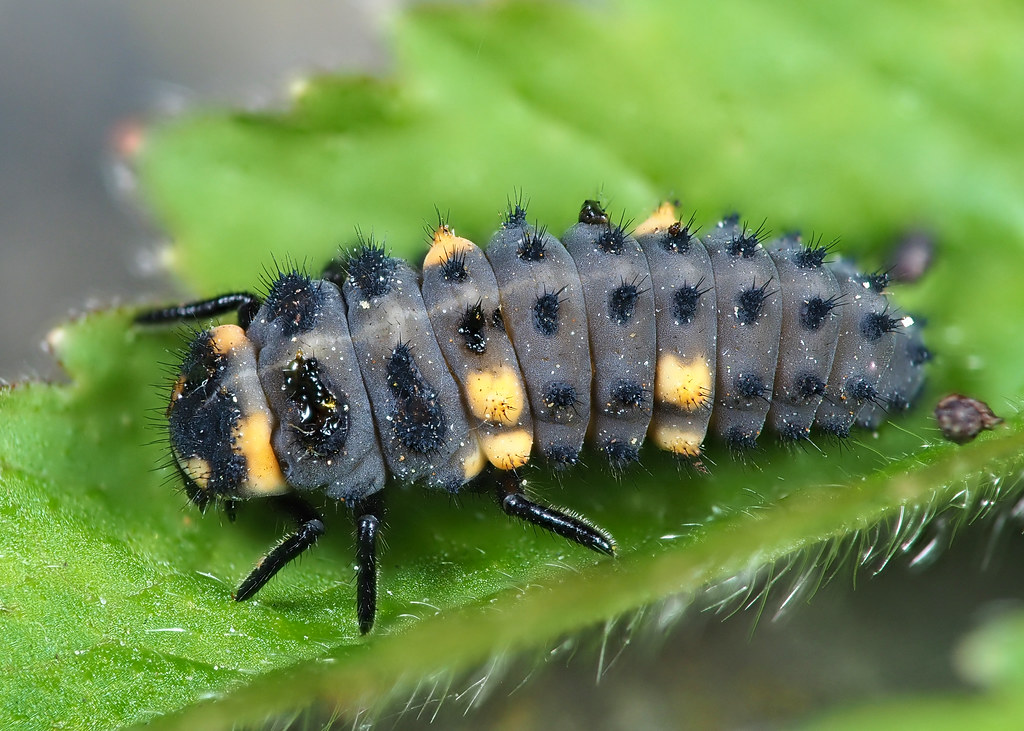
After their first molt, the larvae enter the second instar phase with noticeably larger heads and more powerful jaws. They’ve doubled in size but remain vulnerable to the countless dangers lurking in the forest floor ecosystem. This stage lasts approximately 8 to 10 weeks, during which their appetites become truly legendary – a single larva can consume several pounds of rotting wood. Their bodies develop a tougher exoskeleton and their characteristic C-shape becomes more pronounced as they pack on weight. The larvae become more aggressive during feeding, sometimes engaging in cannibalistic behavior if food becomes scarce or territories overlap. Their tunneling activities increase dramatically, creating extensive networks that help aerate the soil and accelerate decomposition processes in the forest ecosystem.
Third Instar: The Giant Awakens
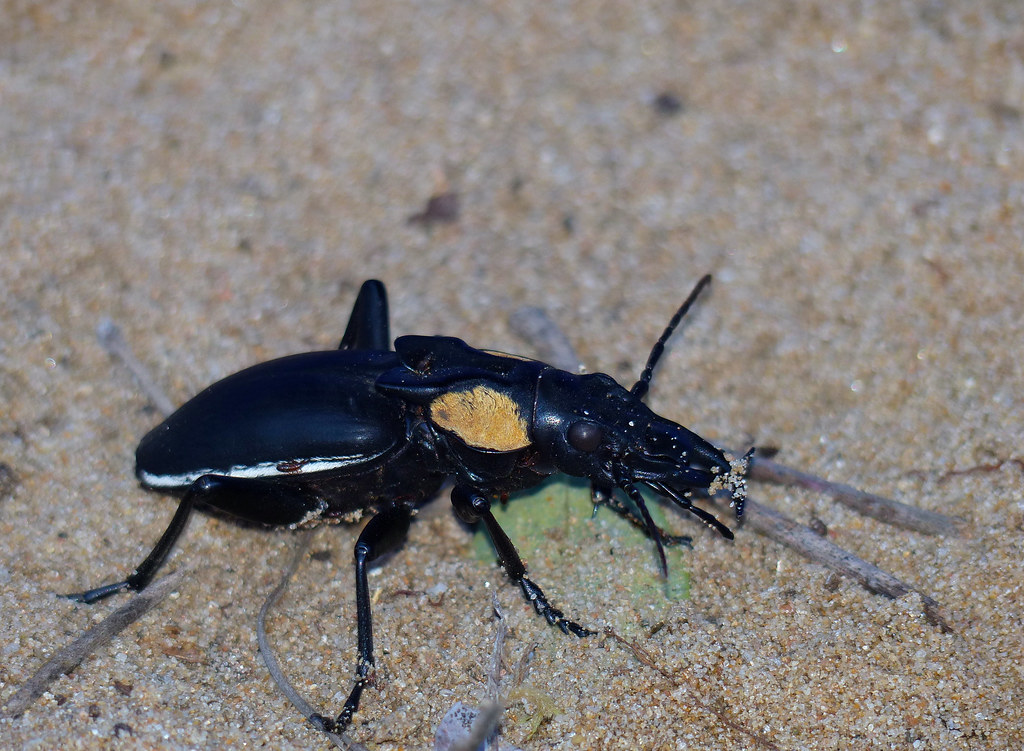
The third and final larval stage represents a dramatic transformation as these grubs balloon into true giants of the insect world. Some specimens reach lengths of 4 to 5 inches and weigh more than many adult beetles of other species. This stage can last anywhere from 12 to 18 months, depending on temperature, food availability, and individual genetics. The larvae develop specialized fat bodies that store energy for the upcoming metamorphosis, turning their bodies into living fuel tanks. Their tunneling becomes more purposeful as they prepare pupation chambers, carefully selecting the densest, most stable wood sections for their transformation sites. During this phase, they’re essentially living eating machines, capable of consuming their own body weight in rotting wood every few days.
The Mysterious Pupation Process
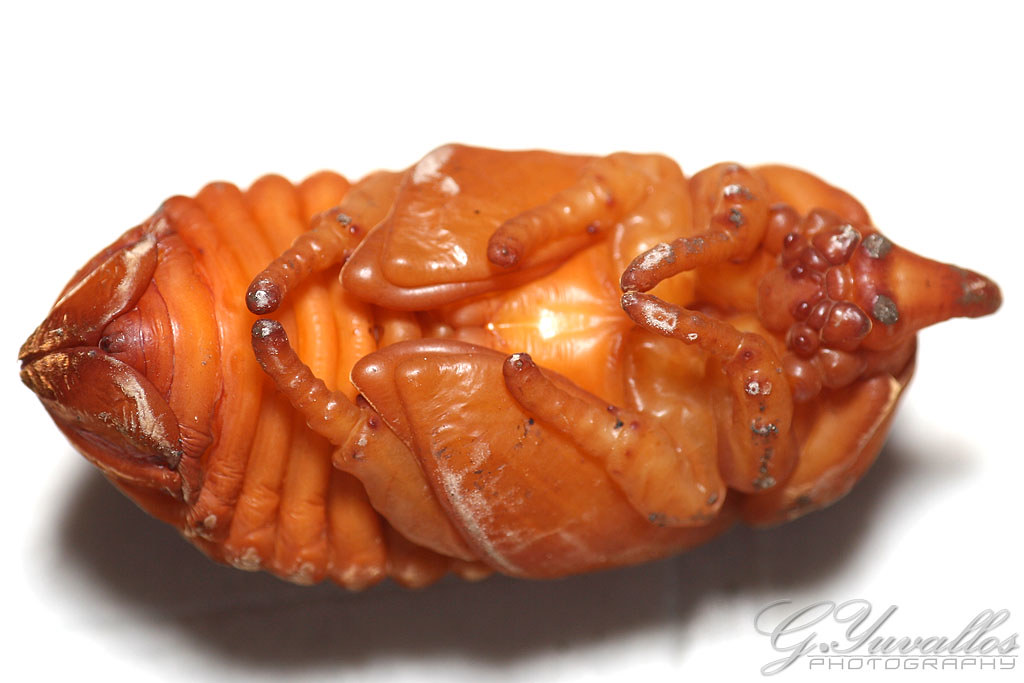
When the time comes for pupation, the massive larva constructs an oval chamber deep within its wooden home, lining the walls with chewed wood fibers and secreted fluids. This process marks one of nature’s most incredible metamorphoses as the grub essentially dissolves its larval tissues and rebuilds itself into an entirely different creature. The pupation stage lasts 6 to 8 weeks, during which the developing beetle remains completely motionless and vulnerable. Inside the pupal skin, an amazing reconstruction takes place – wings develop, legs extend, and in males, the iconic horns begin to form. The transformation requires precise temperature and humidity control, making this stage particularly sensitive to environmental changes. Many pupae don’t survive this critical period, falling victim to fungal infections, parasites, or environmental stress.
Adult Emergence: Birth of a Legend
The emergence of an adult Hercules beetle represents one of nature’s most dramatic debut performances. The newly formed adult must tunnel its way out of the wooden chamber, often requiring several days of continuous digging to reach the surface. Fresh adults appear almost ghostly pale, with their exoskeletons soft and vulnerable until they harden over several weeks. Males emerge with their impressive horns fully formed but initially flexible, gradually hardening into the formidable weapons they’ll use for territorial battles. The beetles’ final coloration develops slowly, shifting from pale yellow to deep amber or black depending on humidity levels and genetics. This emergence typically coincides with the rainy season, ensuring adequate moisture and food sources for the newly minted adults to establish territories and find mates.
Sexual Dimorphism: Males vs Females
The difference between male and female Hercules beetles represents one of nature’s most extreme examples of sexual dimorphism. Males can grow significantly larger and sport massive horns that extend from both their head and thorax, creating a formidable pincer-like apparatus. Females remain hornless but develop powerful digging legs and robust bodies optimized for burrowing and egg-laying activities. Male horn size varies dramatically based on nutrition during the larval stage – well-fed larvae become “major” males with enormous horns, while poorly nourished individuals become “minor” males with smaller horns. This creates different mating strategies within the same species, with major males engaging in direct combat while minor males rely on stealth and speed. Females show preferences for different male types depending on environmental conditions and resource availability.
Combat and Territorial Behavior
Male Hercules beetles engage in some of the most spectacular wrestling matches in the animal kingdom, using their massive horns like biological forklifts to flip rivals off tree branches. These battles rarely result in serious injury but demonstrate incredible feats of strength as beetles weighing several ounces hurl opponents many times their own weight. Territorial disputes typically occur around prime feeding sites – areas where tree sap flows freely or fruit has fallen and begun fermenting. Winners gain exclusive access to these resources and the females they attract, while losers must search for less desirable territories. The battles follow ritualized patterns, with beetles locking horns and pushing against each other until one competitor loses grip and falls. These contests can last for hours, testing not just strength but endurance and tactical positioning.
Feeding Habits and Diet
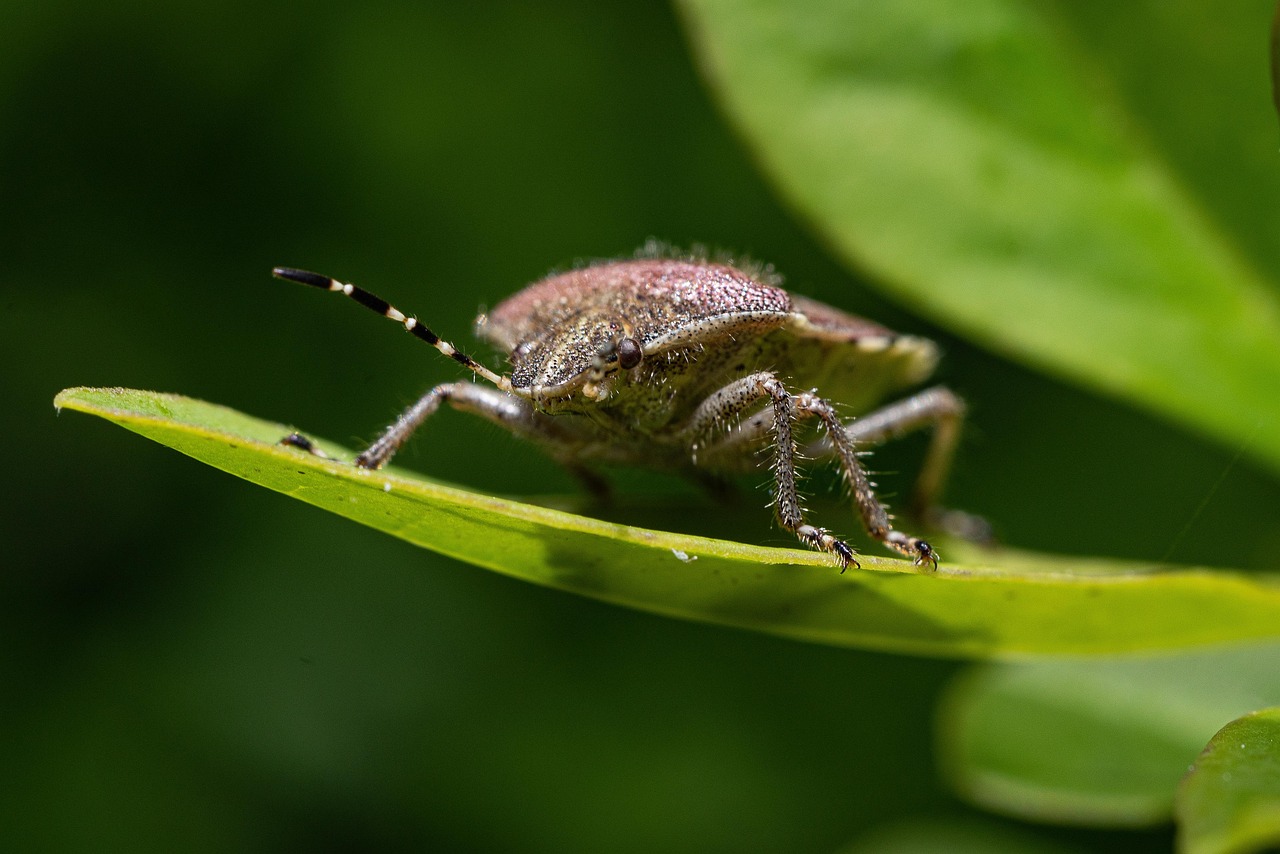
Adult Hercules beetles have surprisingly refined tastes compared to their wood-munching larval stage, preferring sweet, fermenting fruits and tree saps over solid food. Their feeding apparatus includes a brush-like tongue perfectly designed for lapping up liquids, though they occasionally chew soft, overripe fruits. They show particular fondness for fig trees, banana plants, and various palm species that produce readily accessible sap or fallen fruit. These beetles play crucial ecological roles as pollinators, inadvertently transferring pollen between flowers while seeking nectar sources. Their feeding activities typically occur during cooler nighttime hours when they’re less vulnerable to predators and competitors. Wild beetles have been observed creating “sap wells” by deliberately damaging tree bark to encourage sap flow, demonstrating surprising tool-use behavior for insects.
Reproduction and Mating Rituals
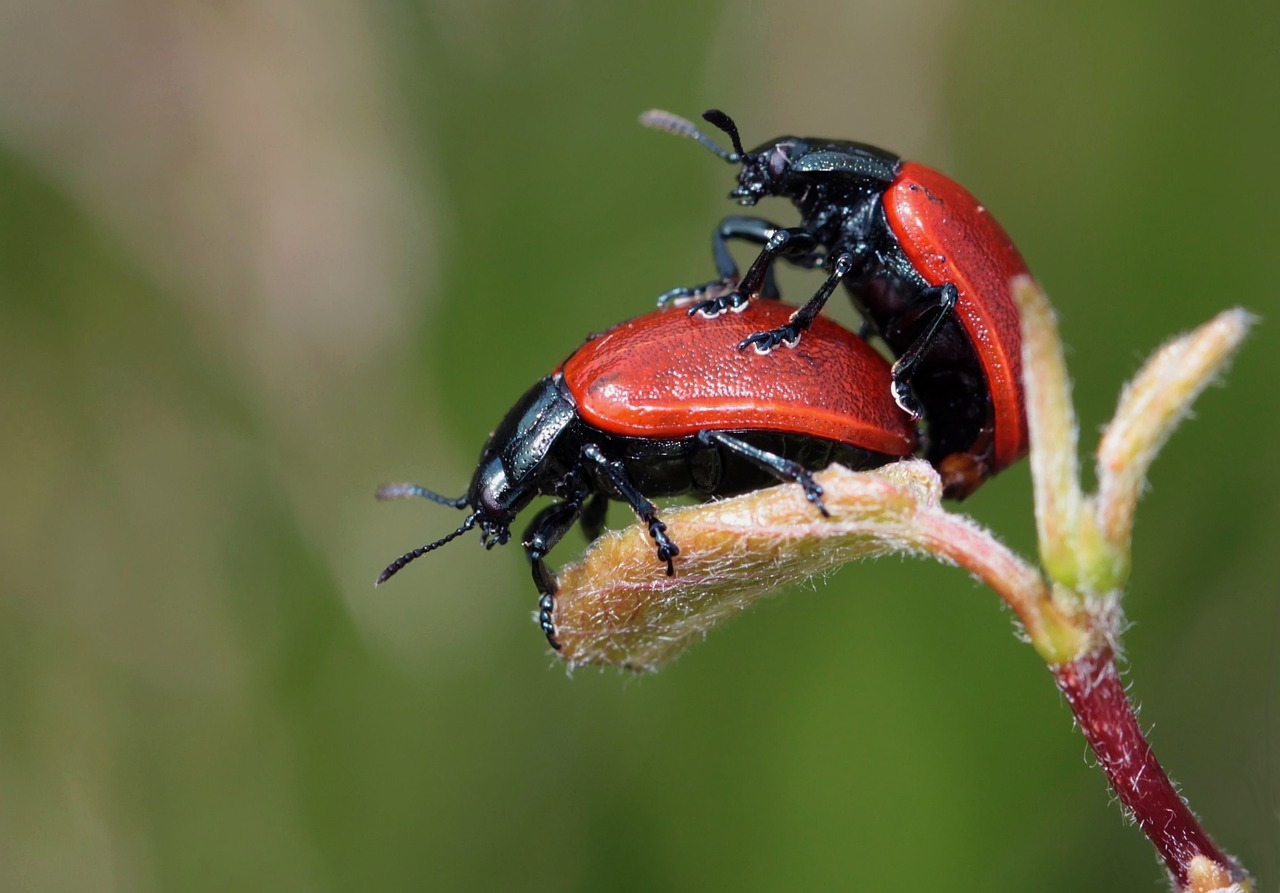
Hercules beetle courtship involves elaborate displays of strength and endurance that can last for several days. Males establish territories around prime feeding sites and defend them vigorously against rivals while simultaneously attempting to attract females with pheromone releases and physical displays. Successful males engage in surprisingly gentle courtship behaviors, using their massive horns to carefully stroke and guide potential mates rather than force compliance. Mating itself requires considerable coordination given the size difference between the sexes and the male’s unwieldy horn apparatus. Females evaluate multiple suitors before making their choice, often testing male strength by initiating mock battles or challenging them to feeding competitions. The entire process from initial courtship to successful mating can take weeks, with pairs sometimes forming temporary bonds that last through multiple breeding cycles.
Predators and Defense Mechanisms
Despite their impressive size and strength, Hercules beetles face numerous predators throughout their life cycle, from tiny parasitic wasps targeting eggs to large birds and mammals hunting adults. Their primary defense strategy relies on their intimidating appearance – the massive horns and threatening posture often convince potential predators to seek easier prey elsewhere. When threatened, adults can produce surprisingly loud hissing sounds by forcing air through their breathing spiracles, creating an audio warning that startles many attackers. Their powerful legs allow for surprisingly quick escapes, and they can fly considerable distances when necessary despite their bulk. Adult beetles also employ chemical defenses, releasing foul-smelling secretions from leg joints that make them unpalatable to many predators. The larvae’s soft bodies make them particularly vulnerable, relying primarily on their deep wood burrows and cannibalistic tendencies to eliminate competitors that might betray their locations.
Conservation Status and Environmental Threats

Hercules beetles face mounting pressure from habitat destruction, climate change, and illegal collection for the pet trade. Deforestation eliminates the old-growth trees essential for their breeding cycles, while climate change disrupts the precise temperature and humidity requirements needed for successful development. The international pet trade has created significant demand for live specimens, leading to over-collection in many areas and disruption of natural breeding populations. Agricultural expansion into traditional beetle habitats reduces available breeding sites and fragments remaining forest patches into unsustainable small areas. Pollution from agricultural runoff and industrial activities affects the quality of their food sources and breeding environments. Conservation efforts focus on protecting remaining forest habitats and regulating international trade, but success requires long-term commitment from local communities and international cooperation.
The journey from tiny egg to legendary giant represents one of nature’s most remarkable success stories, showcasing the incredible adaptability and resilience that has allowed Hercules beetles to thrive for millions of years. These magnificent creatures serve as living reminders of the complex interconnections that sustain tropical forest ecosystems, their lifecycle intricately woven into the fabric of their rainforest homes. As we continue to encroach upon their ancient territories, the fate of these gentle giants hangs in the balance, depending largely on our willingness to preserve the wild spaces they need to continue their extraordinary transformations. What legacy will we leave for future generations – a world where children can still witness the miracle of nature’s strongest athlete, or empty forests where legends once roamed?

